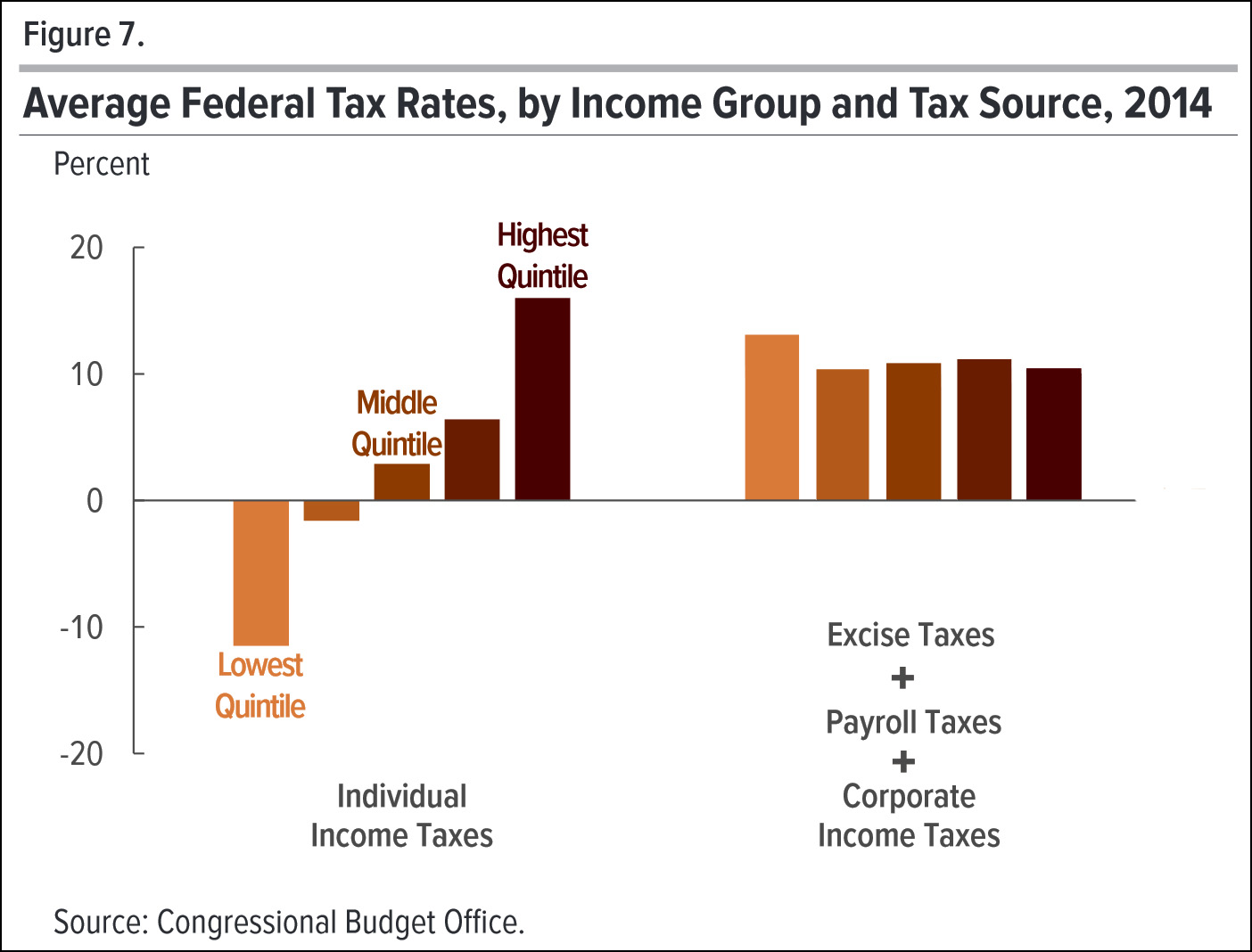


This means these investments now earn the full pre-tax rate of return. Funds placed in pensions, 401(k) plans, Keoghs and most IRAs, or individual retirement accounts-which together account for about half of private saving-are not taxed until they are withdrawn, just as they would be treated under a flat tax. But the actual increase would be smaller, for four reasons.įirst, our current system is not a pure income tax, but a hybrid between a consumption and income tax. Estimates suggest shifting from a pure income tax to a pure flat tax would raise long-term saving by between 10% and 20%, thus raising the saving rate by a half percent to 1% of GDP. The flat tax could boost saving by raising the after-tax return on saving and by shifting income toward high-saving households. Under the flat tax, these issues simply would not arise, because all capital income is exempted from the household-level tax. The income tax does not adjust capital gains and interest income for inflation. Corporate income is taxed at the corporate level and again when it is received by shareholders. Some forms of personal saving are taxed twice, once when earned and again when the saving produces investment income. Higher saving could help support people in retirement, strengthen economic growth and raise living standards for all.Ĭritics charge the income tax has been a drag on saving. A nation with a low saving rate will have few resources available for productive private investment, or will have to borrow from abroad to finance investment. Some households save very little and will be ill-prepared to retire. Low saving has both personal and national economic consequences. private saving-that is, saving by businesses and families-has averaged 4.9% since 1990. After averaging 8% of gross domestic product from 1950 to 1980, U.S. Alas, while the new system would certainly be simpler (if it lasted), proponents of the flat tax are likely to be disappointed by the impact on saving.Ĭoncern about saving and growth is well-founded.

Proponents claim the flat tax would be simpler than the current tax system, and would generate dramatic increases in saving and economic growth. As pushed by Steve Forbes, Richard Armey, the Kemp Commission and others, the flat tax would give each family a large exemption, tax all wage income above that level at a single, low rate and would exempt interest, dividends and capital gains from all household-level taxes. The notion of a “flat tax” has attracted increased attention and support in recent months.


 0 kommentar(er)
0 kommentar(er)
